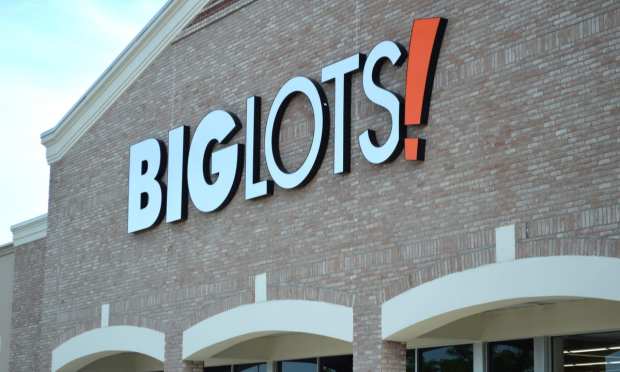Big Lots Blames Inflation for Slow Q1 Sales

Discount retailer Big Lots released its quarterly earnings Friday (May 27), showing a rise in eCommerce use but a decrease in sales as consumers wrestled with inflation and fuel prices.
According to a news release from the Columbus, Ohio-based chain, the company’s net sales for the first quarter of fiscal 2022 fell 15.4% from the same period in 2021 to $1.37 billion.
“We believe the slowdown was caused by the spending pressure our consumers felt from higher gas prices and broader inflation, which is affecting discretionary purchases across the retail industry,” said CEO Bruce Thorn. “As a result, we missed our sales plan by approximately $100 million, the vast majority in April, while supply chain impacts across gross margin and SG&A continued to be significant headwinds.”
Thorn added that the company expects the landscape to remain “challenging,” with Big Lots focused on “aggressively right-sizing our inventories over the course of Q2.”
He said that eCommerce remains a “standout” for the company, now accounting for more than 7% of its sales, with same-day deliveries increasing 20% over last year. In Big Lots’ last quarterly report, eCommerce penetration was at 5%.
Read more: Big Lots Promises Quick Rebound After Lackluster Q4
“We are focused on opening price points that drive traffic and improving gross margin rates through capitalizing on significant close-out opportunities, more targeted pricing and promotions, minimizing supply chain charges, and reducing shrink,” Thorn said.
The CEO added that Big Lots would temporarily pull back from capital expenditures on things like renovations and new store openings.
Earlier this year, the company had announced plans to open more than 50 new stores in 2022 as part of a long-term goal of having 500 new locations, with 80 or more coming annually beginning in 2023.
These new stores could generate $1.5 billion to $2 billion in new sales for Big Lots, the company has said, while an increase in sales productivity of 15% could bring in another $1 billion.
